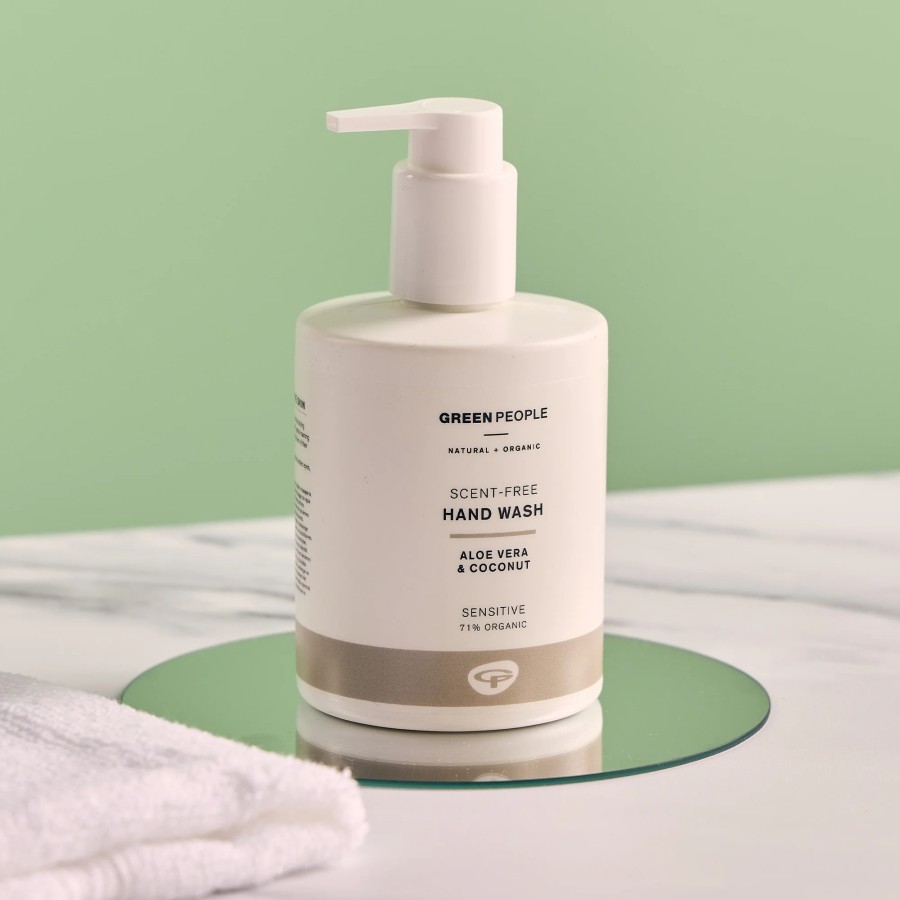Tips for Safe and Healthy Outdoor Running
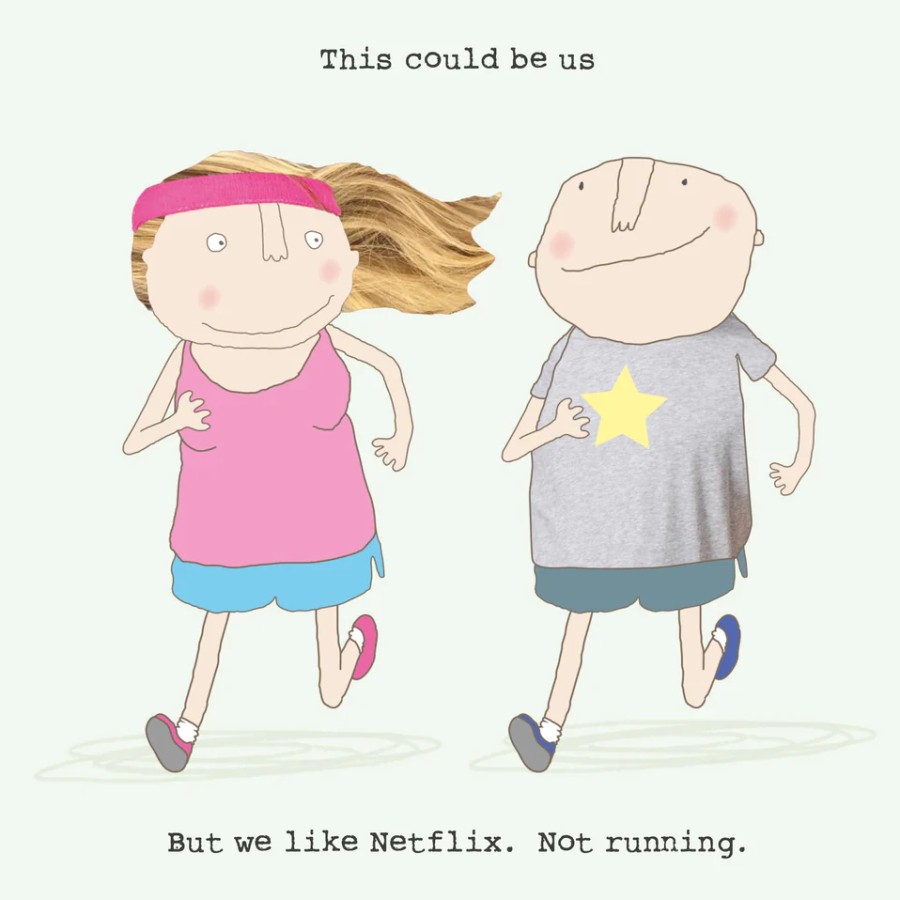
Many people like to run, but the thought of running on sweaty treadmills at expensive gyms (running’s not so good for your mental health, if you’re also watching rolling news at the same time) puts many people off.
Outdoor running is obviously key. But then you have issues like running in the dark and near traffic, plus there are weather considerations (and not running so fast that any dogs can’t keep up with you, if they are tagging along).
Tips for Safe Running
If you are planning to run outside:
- Choose a safe route, in line with your ability. Ideally find places with less traffic, but are not too isolated. And carry some kind of contact with you, to call for help, if needed. Let people know your route. ePowar safety app can track your run, and alert contacts, in emergency situations.
- Check the weather forecast before you run. This lets you know whether to avoid running that day, and how to prepare and what to wear. Never take dogs with you even on walks, if it’s too warm (or wet or icy).
- Enjoy the Quiet. It may be common to see people listening to headphones on runs, but it’s not safe. You can’t hear potential dangers, including traffic. Just listen to the sound of the breeze and the singing birds, as you run.
- Build gradually. Walk before you run! If you’re older or not used to exercise, just gradually increase walk-runs, and only take proper runs, once you’re really fit. Also warm-up and cool-down before and after each run.
- Check out Lucy Wyndham-Read’s online running videos. This qualified trainer builds up safely with you at home, so you are then safe to venture out on short runs, once you’re fit enough.
Choosing Sustainable Running Clothes
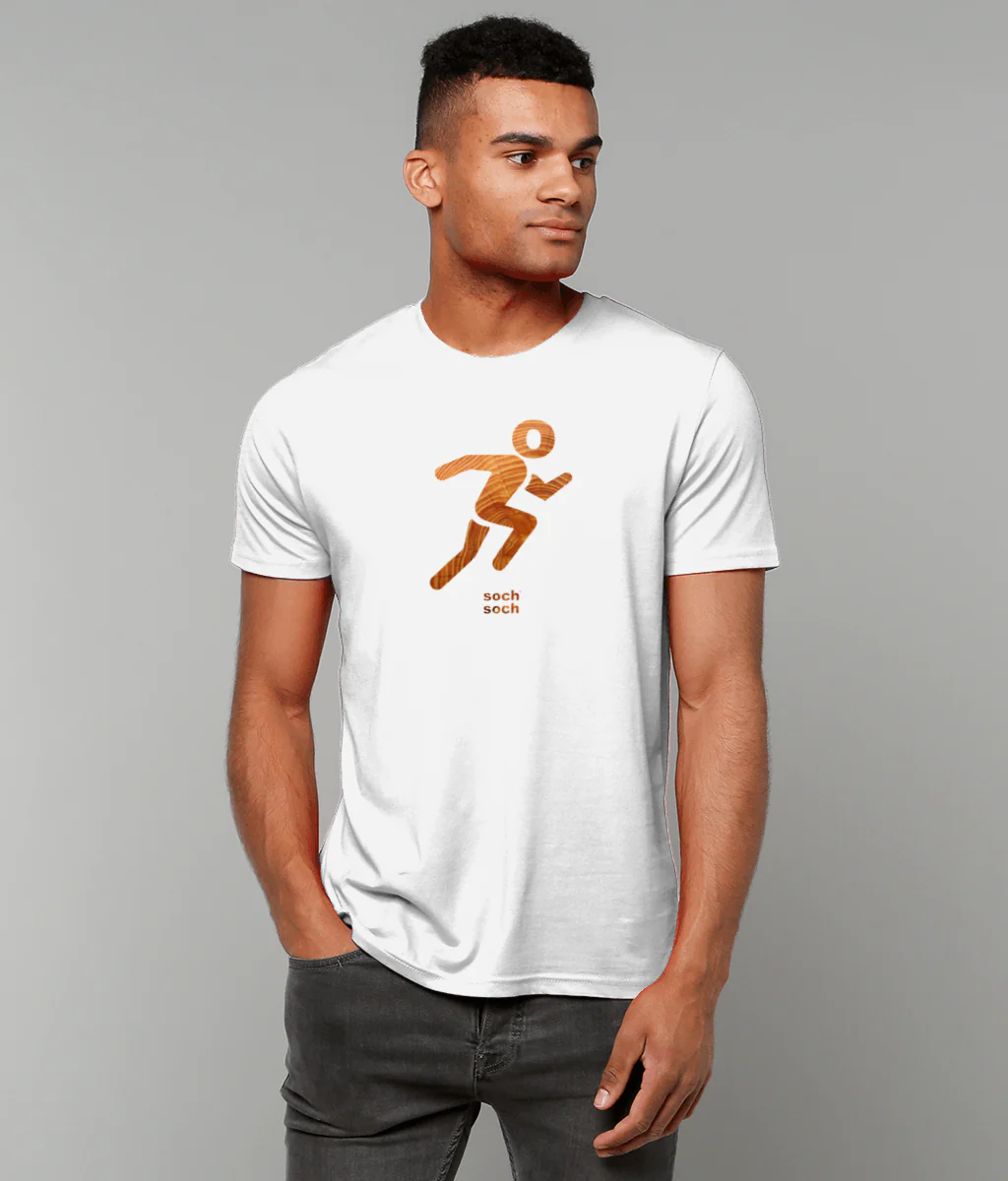
sochsoch (use code englandnaturallysite for 10% discount) offers a nice range of organic cotton quality t-shirts, all featuring running themes.
Everything is printed on demand, so there’s no waste. And all the t-shirts are sent in plastic-free packaging. These t-shirts can safely be laundered in washing machines, without releasing microplastics. Then biodegrade at end of use, back to the earth.
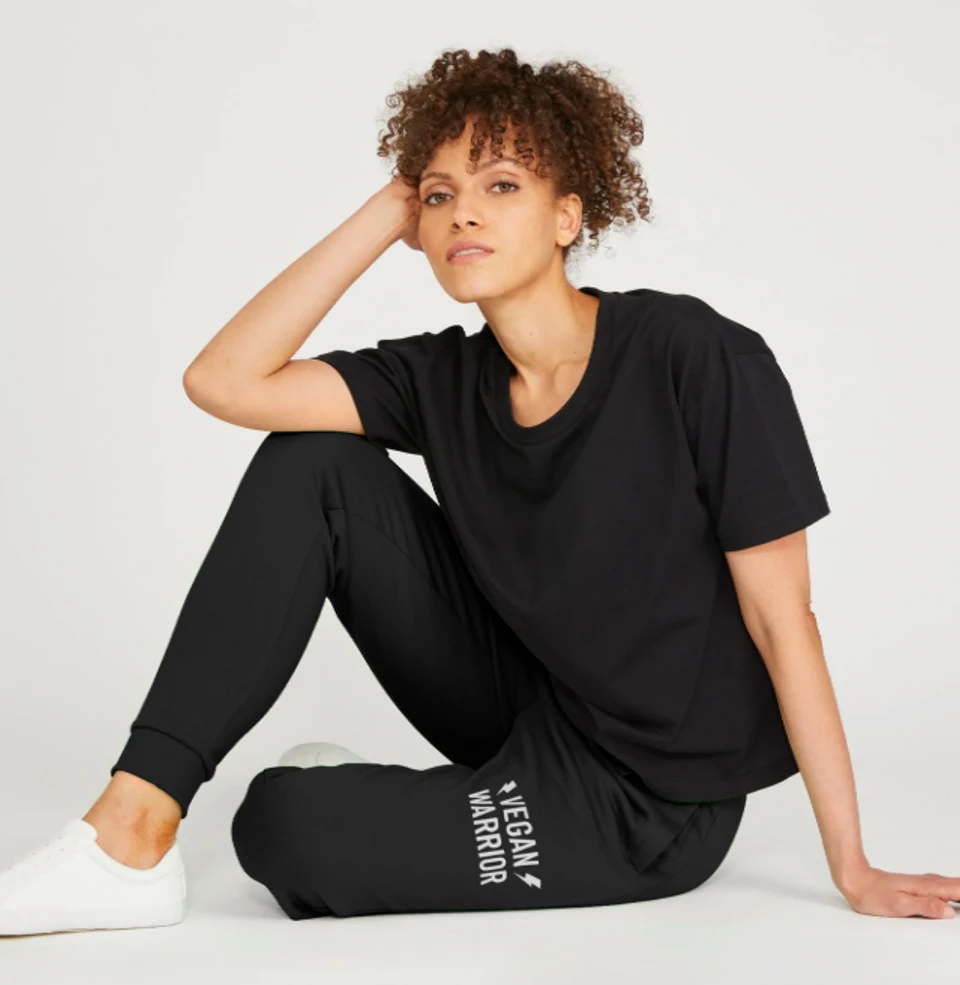
Vegan Original offers organic cotton gym/running clothes (from t-shirts to joggers), with animal compassion messages. Made with green energy and sent in plastic-free packaging.
Invest in Good Vegan Running Shoes
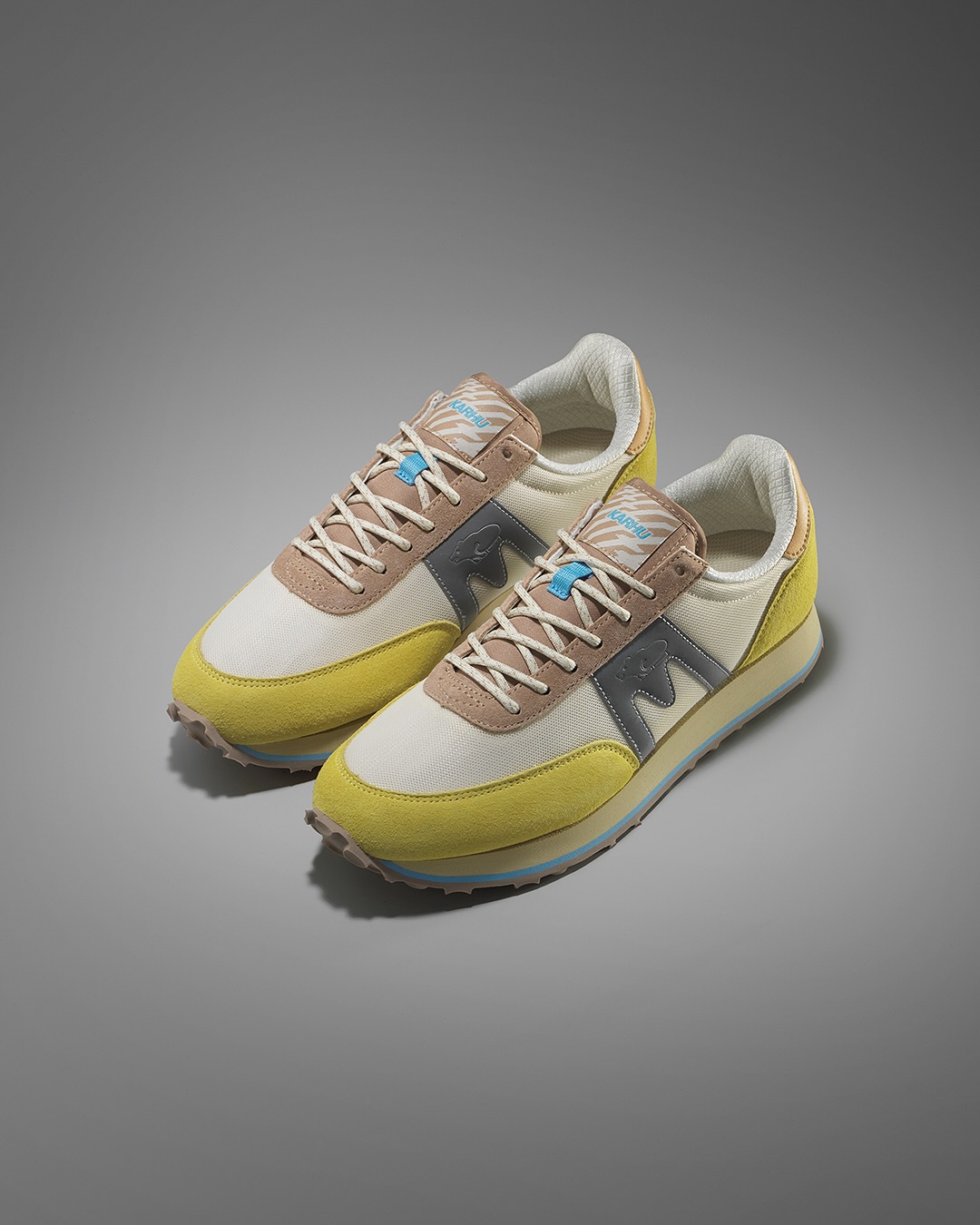
The right pair of running shoes will last years, not give you blisters, and choosing vegan ones are also good, to save the animals.
Most are still sold online, so get your feet measures in a shoe shop (or measure your own feet) to save the hassle of returns. If you’re a half-size, it’s best to order the bigger size, and wear thicker socks.
KARHU Vegan Running Shoes
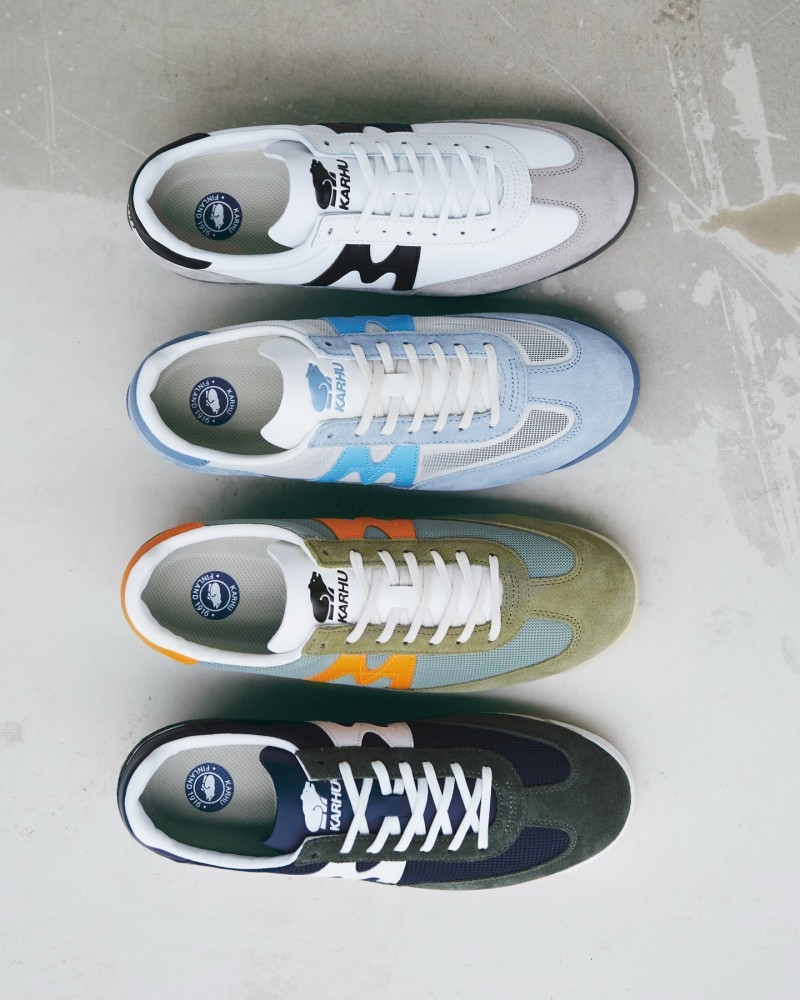
KARHU offers vegan running shoes with mid-cushioned foam for underfoot protection and designs to cradle the foot both flat, up and downhill. In various styles and colours.
Fiona Oakes Vegan Running Shoes
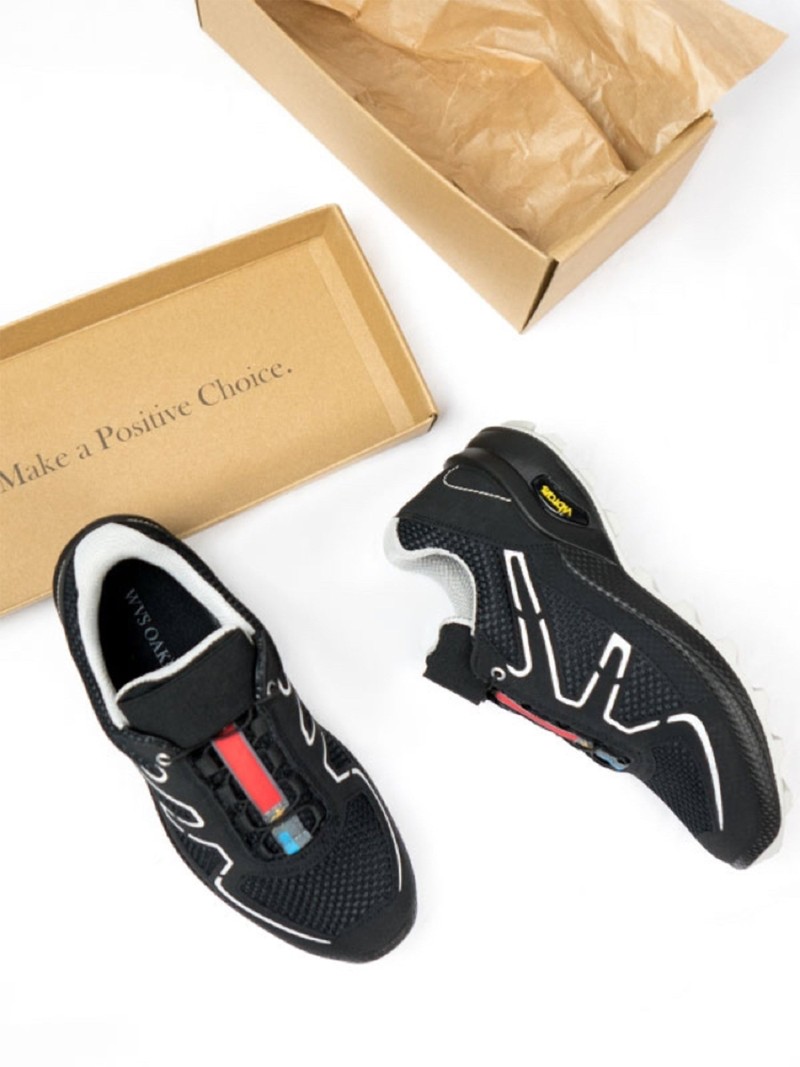
Fiona Oakes is an amazing woman. Missing one kneecap, she nevertheless trained to become a firefighter. Then opened a farm sanctuary (running marathons to raise money).
Then created vegan running shoes with profits to help the animals. These have breathable water-resistant uppers and deep outside outsole lugs for traction on all terrain, and a storage pouch on the tongue.
Bahé Vegan Running Shoes
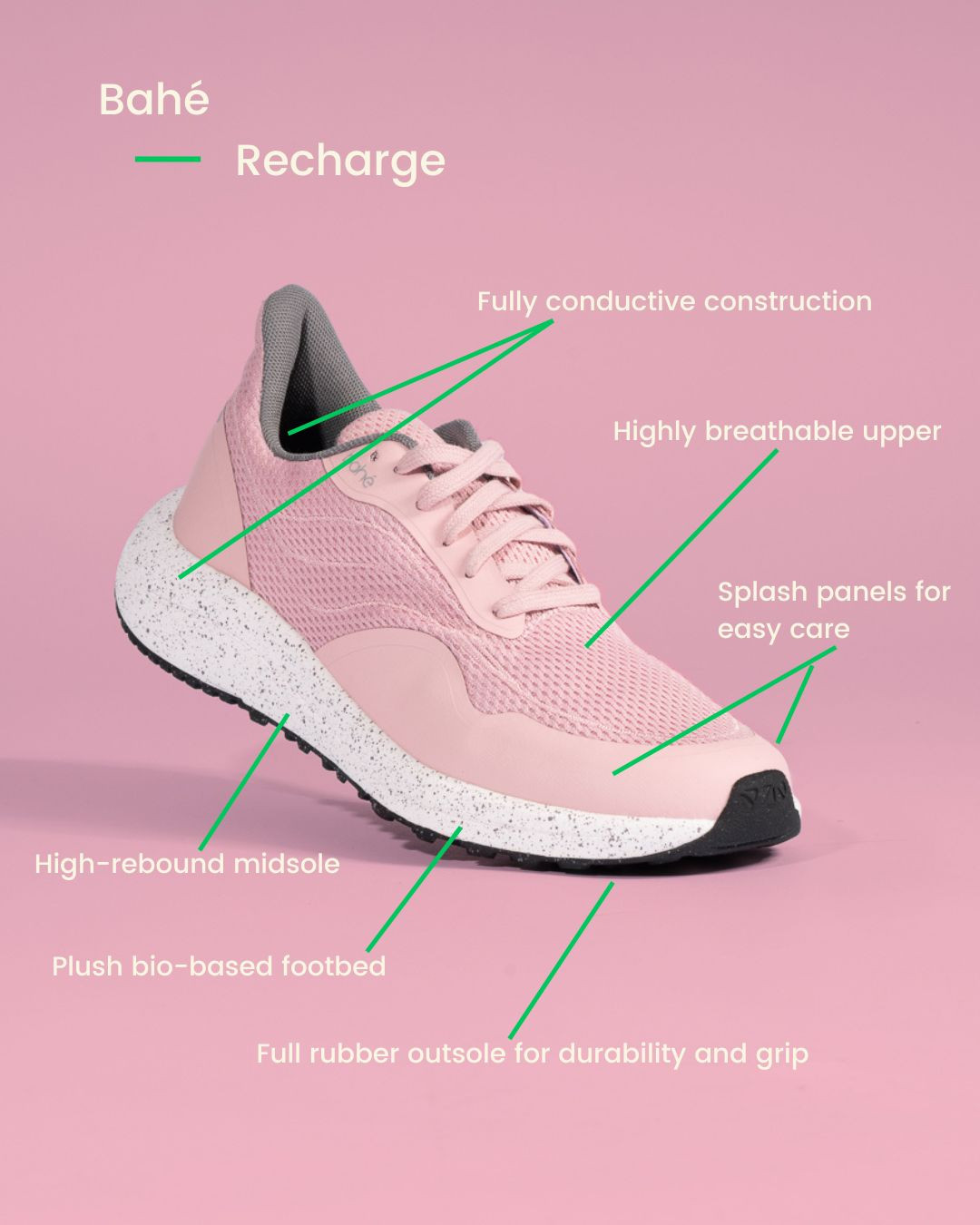
Bahé makes vegan running shoes made with natural rubber, sugarcane insoles and footbeds made from mostly corn (and linings with recycled polyester). The shoelaces are made from organic cotton. Made ethically, they are sent in compostable packaging, with a tree planted, for each pair sold.
These clever running shoes are designed for healthy blood flow and help to reduce inflammation, using grounding technology.
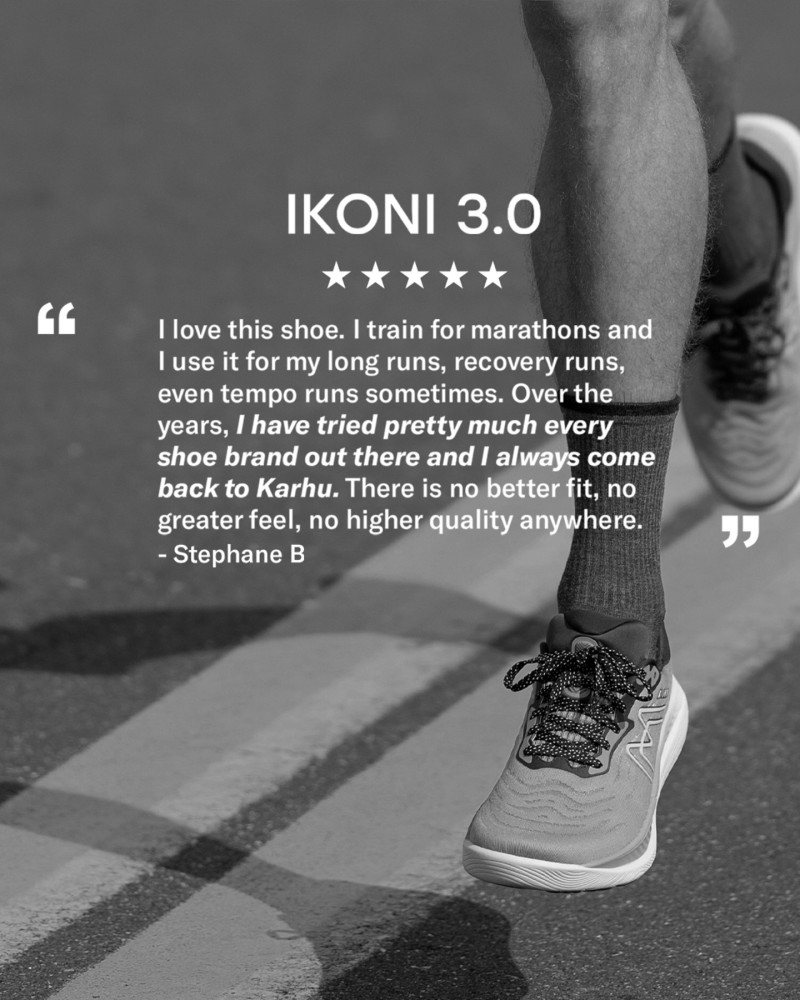
The market for vegan running shoes has exploded. You’ll find sleek minimal designs, bold colours, and tech-heavy models for every level of runner. You don’t have to settle for drab or boring looks.
Tip for Safe Running with Dogs

Only run with young fit dogs (not very young dogs, as their bones are still growing). Never run with old or overweight dogs. Blue Cross has safety tips (check with vet beforehand). These include:
- Don’t run with brachyephalic dogs (short muzzles, flat faces: pugs, bulldogs, Cavalier King Charles spaniels, boxers, shih tzus).
- Check weather and paving heat before you go. Stop if weather gets hot and find a shady place, and soak your dog’s coat with cool (not cold) water, and give a drink. Dogs with long coats could over-heat, even in cold weather.
- Leave two hours after meals before walks/runs, to avoid bloat.
- Ensure good recall, so dogs don’t pull on harnesses.
- Carry a foldable water bowl, safety lights and poo bags (let dogs go to the loo beforehand, as running causes bowel movements).
- Rest if dogs are tired, then just walk slowly home.
- Rinse paws with warm water after running in snow and ice, to avoid toxic rock salt burning paws (when coming indoors to higher temperatures).
- Give dogs time to stop and sniff!
The Man Who Broke the Four-Minute Mile
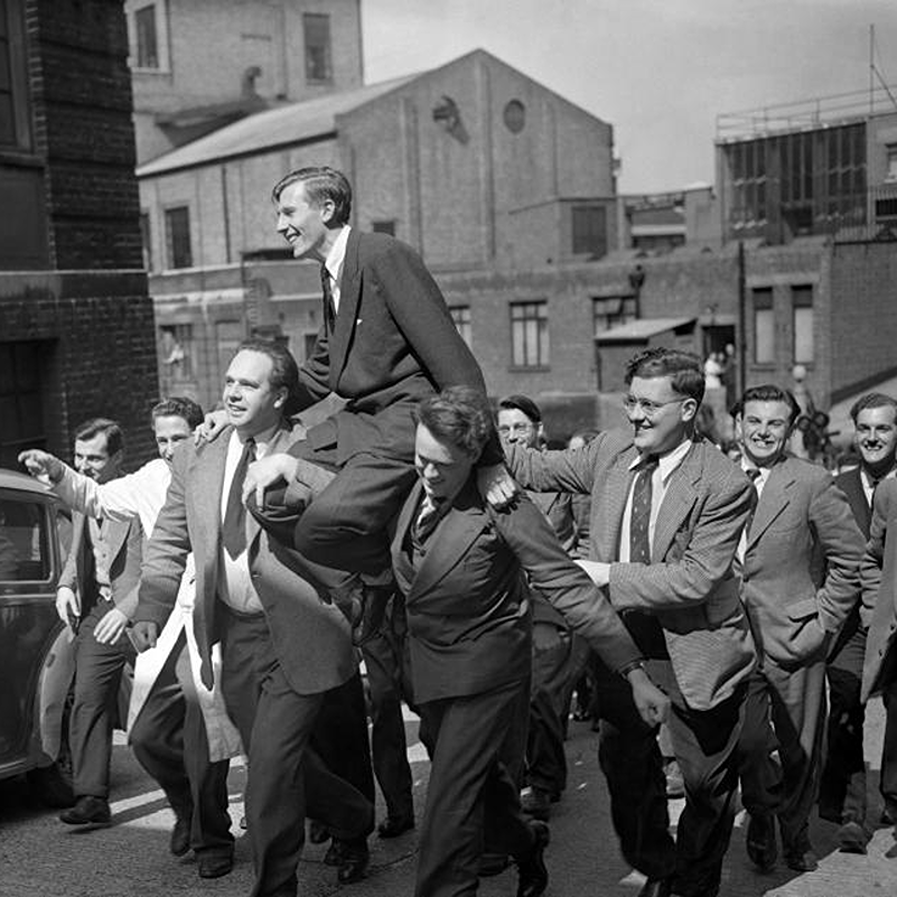
Fellow medical students celebrate, after Roger’s win
Roger Bannister’s story is more than just a record in athletics. His name stands for pushing limits, chasing high goals, and inspiring others to follow. He will always be known as the man who broke the four-minute mile, deemed ‘impossible’ before then.
Even today, only 20 seconds or so has been shaved off that time, by Olympic champion runners.
Roger Bannister was born in Harrow, London, in 1929. His love for running showed early. He studied at University College School and then at Exeter College, Oxford. Despite coming from a modest background, Roger balanced his studies with his training, proving his dedication from a young age.
Unlike many athletes, Bannister was never a full-time runner. He studied medicine, a demanding path by itself, and became a doctor. Every day he trained in the evenings after classes. Bannister later said that his medical studies helped him understand the body and improve his running.
Before 1954, many believed it was impossible for a human to run a mile in under four minutes. Some even thought it was dangerous to try. Bannister set his sights on this “impossible” goal.
Despite working part-time as a junior doctor and having limited time for training, he pushed himself with smart, focused workouts rather than endless hours on the track.
On 6 May 1954, at the Iffley Road Track in Oxford, Roger Bannister lined up for the race that would define him. With the help of pacemakers Chris Brasher and Chris Chataway, Bannister crossed the finish in 3 minutes 59.4 seconds.
Bannister’s record didn’t last long—Australian John Landy broke it just weeks later. But Bannister’s run had unlocked a new mindset. Suddenly, the four-minute mile was possible.
After retiring from athletics, Bannister didn’t chase further sporting fame or records. He focused on medicine and neurology. He became a respected consultant and later the Master of Pembroke College, Oxford.




